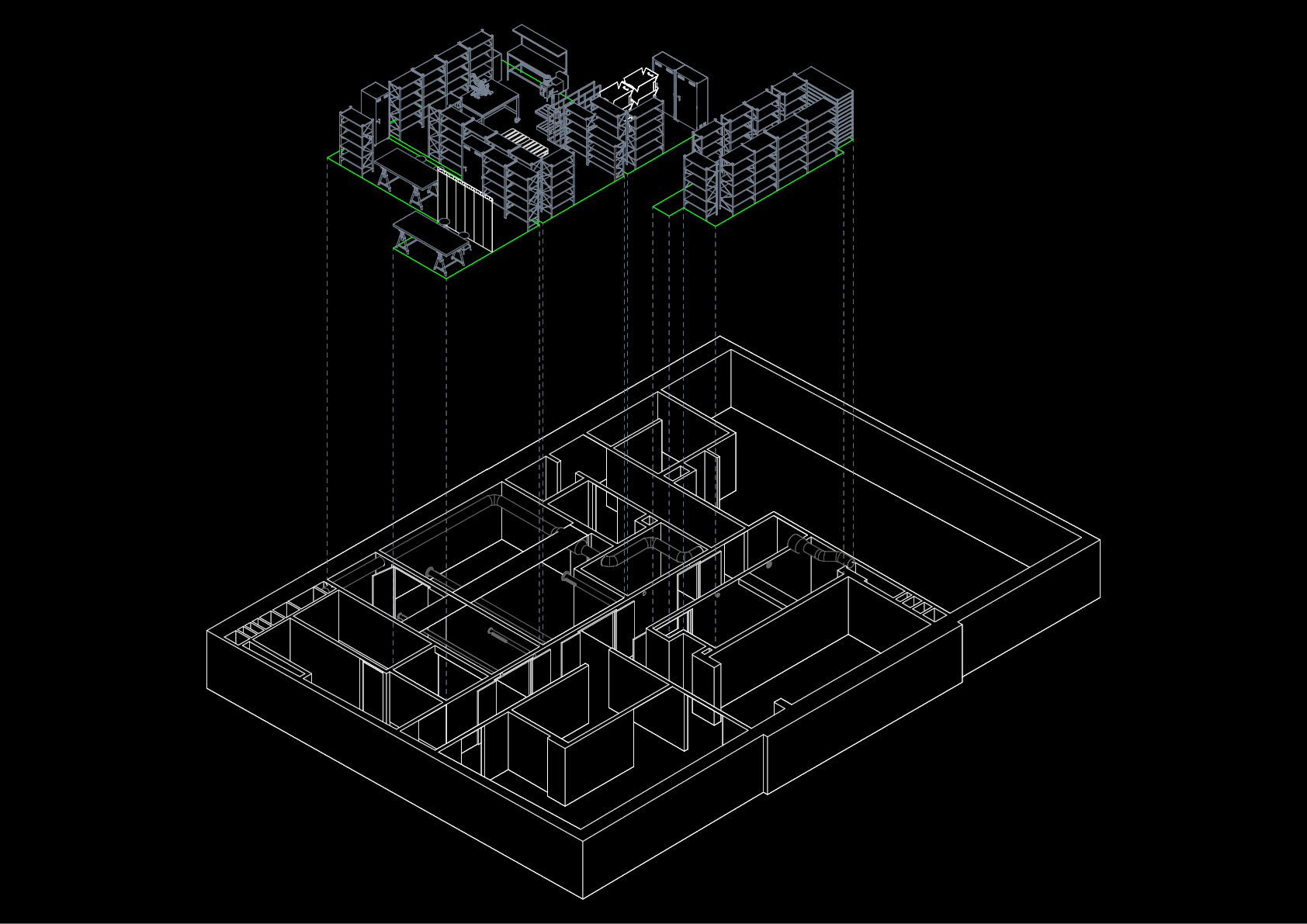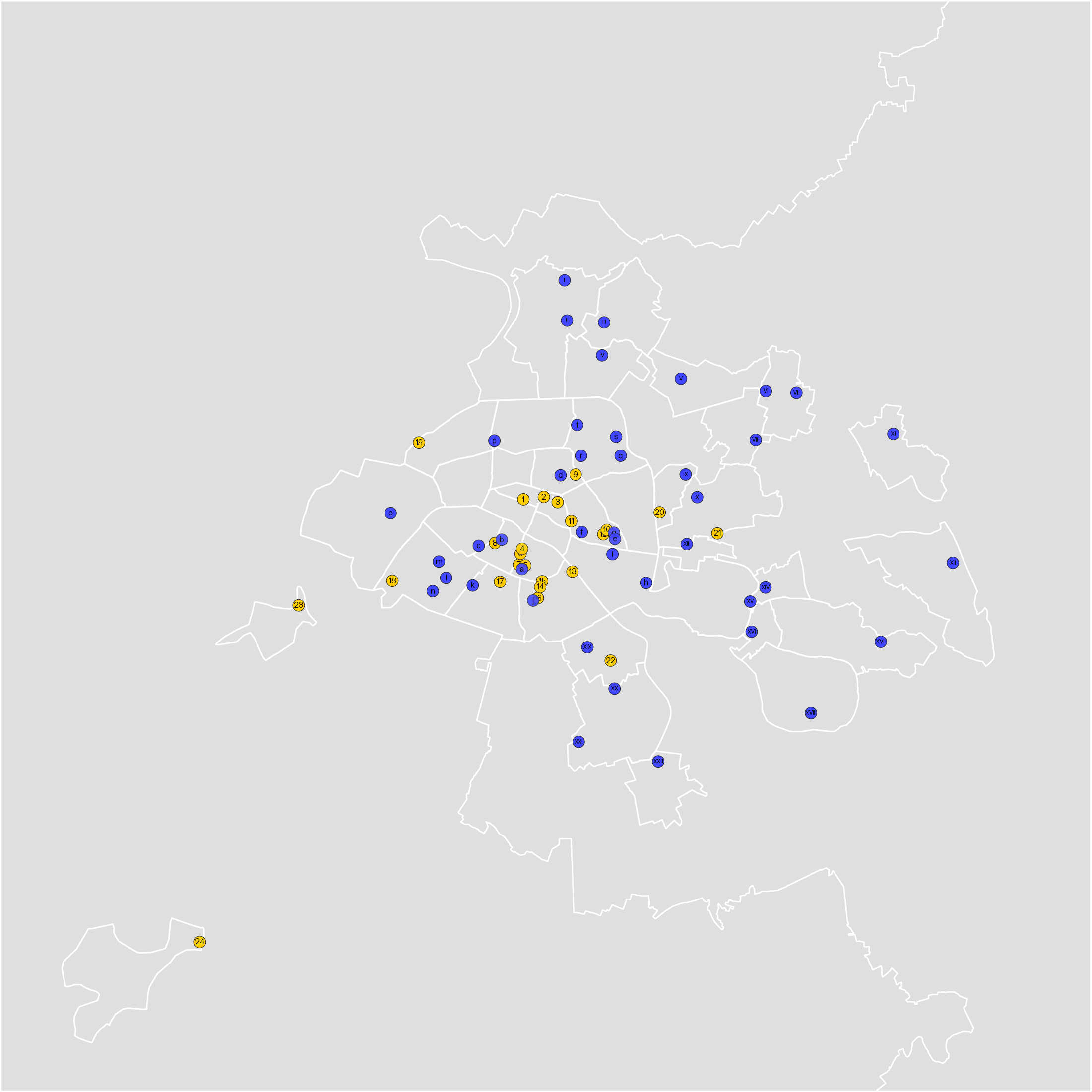Antoine Tour

Designing sensitive states of matter: an anthropology of transmittable skills
Antoine Tour, Hermès International funded PhD with Campus Mode, Métiers d'Art et Design prepared at Ensadlab (on-going). Supervision: Jean-François Bassereau (Soft Matters, HDR), Nounja Jamil (Campus Fashion, Arts & Crafts and Design, DP).
. . A material library ranging from material informations to architectural programming
A typical material library is defined by the collection of a large amount of materials, organized according to a hierarchy and a classification of related knowledge. It is structured on a relevant classification methodology that can stimulate the researcher and determines how to find the information he seeks. In practice, the criteria used to select materials induce all the knowledge relating to one material, including a complete description of the material, as well as empirical and pragmatic information. The qualification of a material’s properties, and the association of different classification methods are some of the structuring issues of this research. Another challenge is to include various information into the database : including transformation and finishing processes (in order to obtain a different material), or information on the material’s qualities, uses and environmental impact. How to offer a standardized and sensitive classification of materials and processes, through a methodology that takes into consideration the different states of matter (properties, qualities, values), in an architectural program ?
In this hypothesis, this research project should be articulated in three stages specific to the feasibility of this material library. Firstly, it will be a question of comparing different methodological approaches by drawing up the state of the art resulting from theoretical research around the relationship between materiality and sensoriality, and by studying the mode of operation of different material libraries. This study should make it possible to establish, from evaluation methods, practical hypotheses and a classification confronting the sensitive properties with the classic approaches from the engineering sciences in order to be able to make them complementary. In a second step, it will be necessary to inventory materials according to all of their shaping stages, by proposing the material not as a finished element but as an intermediate object of design, crossing vocabularies of different craft professions. Finally, it will be a question of setting up a common physical space including the research environment and the material library through a system of spatialized directories, offering the possibility to the actors to meet in a space dedicated to the creation, the safeguard heritage and the sharing of knowledge.

